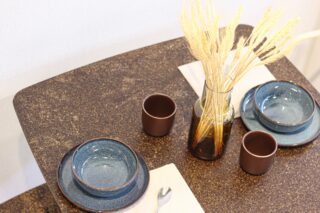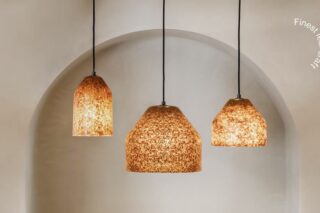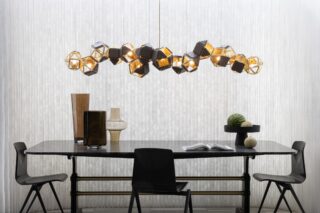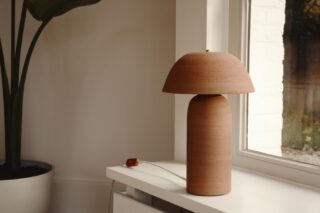In January 2017, the Mattress Recycling Council (MRC)’s program Bye Bye Mattress, an organization that funnels small fees from each mattress purchased to statewide recycling programs, marked their one milllionth mattress recycled. Just days after, Ryan Trainer, the president of The MRC and The International Sleep Products Association, organized a panel discussion for the IMM event in Cologne tracing the ins-and-outs of mattress recycling.
One-on-one with Ryan, ArchiExpo was able to capture a moment of reflection upon the issues that were brought up during the conference. Expanding upon MRC’s recent history, he also laid out some key points from the discussion concerning the panel participants’ unique approaches, differences and future hopes.
Trainer gathered speakers from across the globe—Andrew Douglas of Resource Recovery Australia, Cécile des Abbayes, representing Eco-Mobilier from France, Luca Querci of Italy’s Cormatex, Nick Oettinger from the Furniture Recycling Group in the United Kingdom, James Battison of The Innoveq Group covering the UK and Europe, and Mike O’Donnell, Managing Director of the MRC. This was the first time these future-minded innovators were in the same room together presenting and exchanging ideas related to their respective programs’ development, activities and technologies as well as the rules and regulations enforced in each country. The presenters were invited to discuss current methods of reuse, how they process the materials, the current scrap market, as well as interesting innovations for dismantling used mattresses and transforming the used mattress materials into new products.
When confronting the challenges of mattress material reuse, it often comes down to the efficiency of the recycling process, considering the post-consumer market for a specific material and just how high the demand actually is. For example, with the remaining wood that is removed from the interior of box-springs, the afterlife is limited because the quality has deteriorated, therefore reuse possibilities are limited. While the used foam could be used for carpet pads, the challenge entails the material specificity of the companies: some prefer to use only industrial scrap, but others will use blends that also contain post-consumer foams.

ADA Premium Zirbenbett PurePine — High-quality and sophisticated inside and perfectly crafted outside: mattresses of ADA AUSTRIA premium assist with a perfect adjustment to the body’s contours and an excellent air circulation for a comfortable sleep environment.
Discussing how quickly the MRC and its Bye Bye Mattress program has progressed since it was established in 2015, Trainer reflected upon the mission and goals within the mattress recycling world and particularly the council. As the program is practiced in Connecticut, California and Rhode Island and currently more accessible in urban areas, MRC is prepared to work with other states across the country that are interested in joining this effort. As Trainer indicated that the MRC is not a recycling company, he maintained that they are more of an incubator or a tie between organizations: agencies who recycle and those seeking materials. MRC and ISPA want to link development and boost innovation, such as when ISPA connected others through discussion or providing publicity support in for the mattress reuse competition project Discarded Dreams, put on several years ago by Rubicon National Social Innovations and Architecture for Humanity.
His hopes are high for future collaborations and experimentations. Whether it’s organizing material collection systems; creating skills training and job opportunities for veterans, ex-offenders, the homeless and others who have trouble finding work; or opening doors between designers and recycling agencies to simplify access to materials, Trainer reiterated that creativity is the paragon here. We all just need to be open to possibility.
You might be interested in this article Furniture Recycling Group Launches World’s First Automated Mattress Recycling Machine.
Featured image: IKEA’s Malm bed











